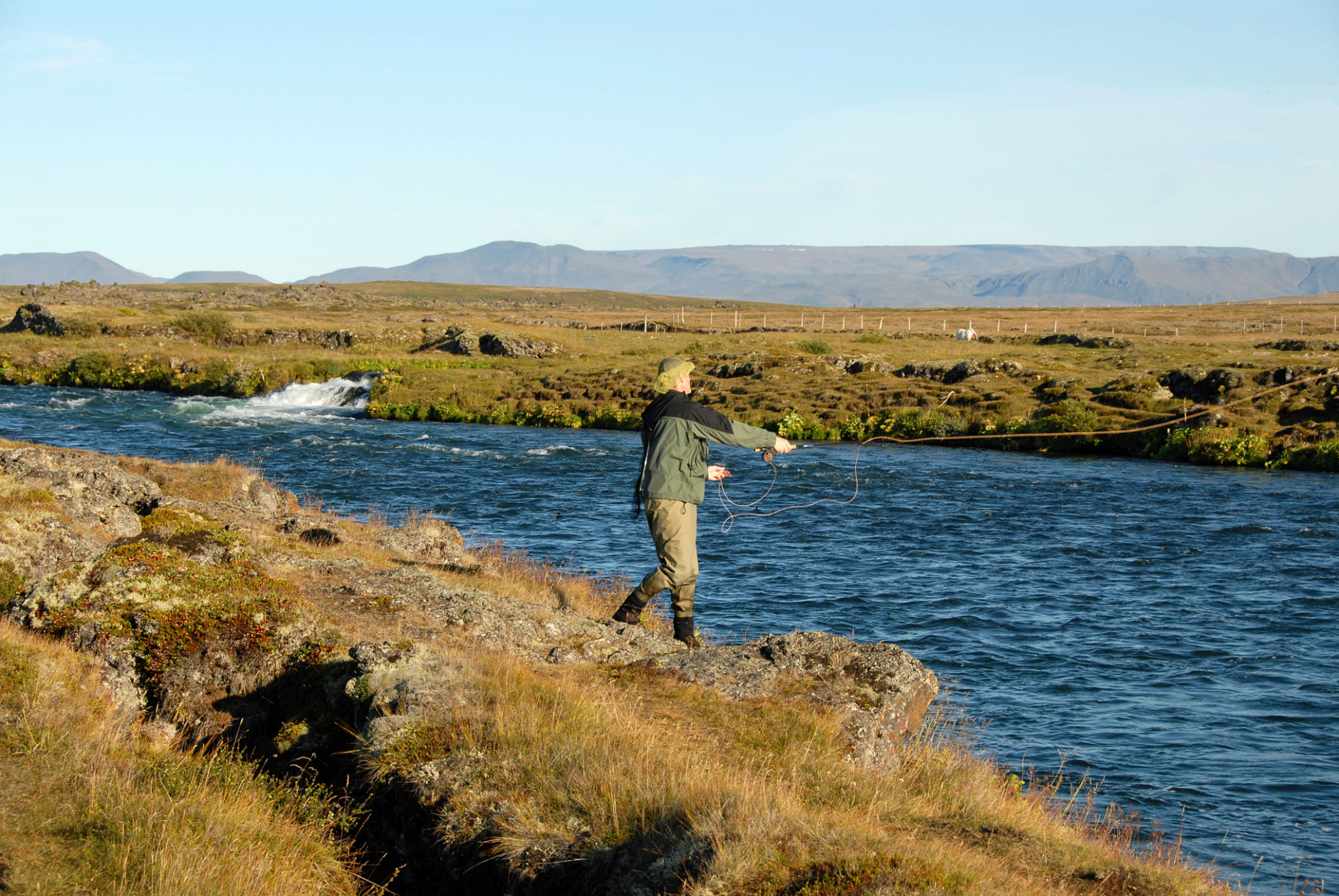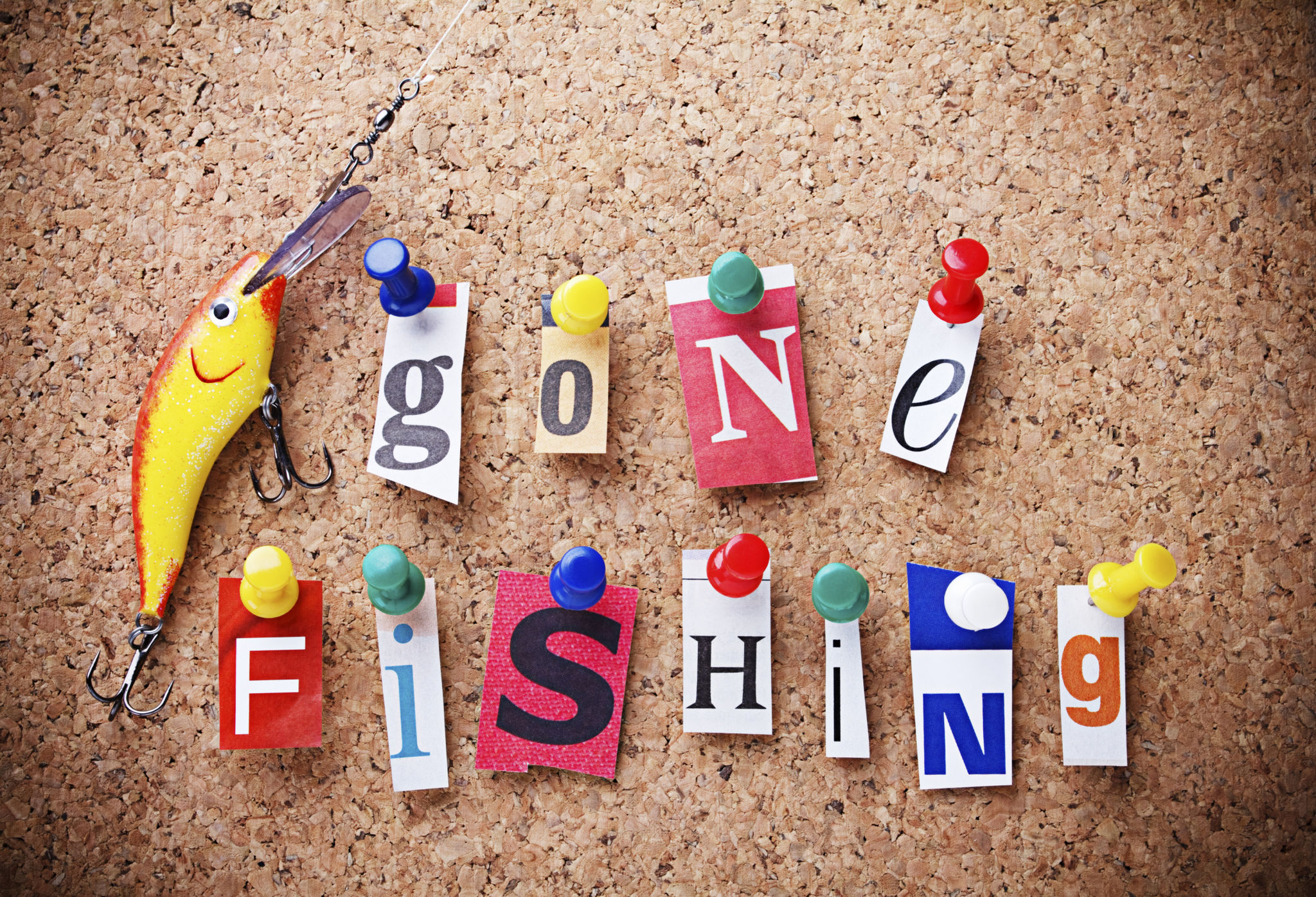Ultimate Guide to Choosing the Right Fishing Gear for Beginners
Understanding Your Fishing Environment
When it comes to selecting the right fishing gear, one of the first considerations is your fishing environment. Whether you plan to fish in freshwater or saltwater will greatly influence the type of gear you'll need. Freshwater fishing is generally more forgiving and often involves smaller fish, making it ideal for beginners. Saltwater fishing, on the other hand, requires more robust equipment due to the larger and more powerful fish species.

Types of Fishing Rods
The fishing rod is your primary tool, and choosing the right one is crucial for success. For beginners, a spinning rod is often recommended due to its versatility and ease of use. These rods are suitable for a variety of fish species and fishing techniques. If you're planning to focus on fly fishing, a fly rod will be necessary. Fly rods are designed specifically for casting lightweight flies using a specialized fly line.
Choosing the Right Reel
After selecting a rod, you'll need a compatible reel. The most common type for beginners is a spinning reel, which is user-friendly and efficient for a range of fishing styles. It's important to match your reel with your rod to ensure balance and performance. If you're venturing into saltwater fishing, consider opting for a saltwater spinning reel, as these are built to withstand corrosive environments.

Understanding Fishing Line Types
The fishing line you choose can significantly impact your fishing experience. There are three main types: monofilament, fluorocarbon, and braided lines. Monofilament lines are great for beginners due to their flexibility and ease of use. Fluorocarbon lines are nearly invisible underwater, making them ideal for clear water conditions. Braided lines are known for their strength and minimal stretch, perfect for catching larger fish.

Tackle Box Essentials
Your tackle box should contain a variety of items to ensure you're prepared for different situations. Essential items include hooks, sinkers, bobbers, and lures. Hooks come in various sizes and shapes, so having an assortment will help you adapt to different fish species. Sinkers help your bait reach the desired depth, while bobbers indicate when a fish is biting.
Understanding Lures and Baits
Lures and baits are critical components of your fishing gear. Lures are artificial baits designed to mimic the appearance and movement of prey. There are various types of lures, including spinners, spoons, and soft plastics. Live bait, such as worms or minnows, can also be effective, especially when targeting specific species. Experimenting with different types can help you determine what works best in your chosen fishing environment.
Accessorizing Your Gear
While rods, reels, and lines form the core of your fishing gear, accessories can enhance your overall experience. Consider investing in a good pair of polarized sunglasses to reduce glare and help you see beneath the water's surface. A quality fishing hat can provide shade and protection from the sun. Don't forget a comfortable, adjustable fishing vest to keep essential tools and tackle within easy reach.

Safety and Regulations
Safety should always be a priority when fishing. Make sure you have a life jacket if you're fishing from a boat. Familiarize yourself with local regulations regarding fishing licenses and catch limits to ensure you're compliant with the law. Understanding these rules not only preserves fish populations but also enhances your fishing experience by promoting sustainable practices.
By carefully considering your environment, selecting the appropriate gear, and equipping yourself with essential accessories, you'll be well on your way to enjoying the rewarding experience of fishing. As a beginner, don't be afraid to ask experienced anglers for advice or experiment with different techniques to find what suits you best. Happy fishing!
